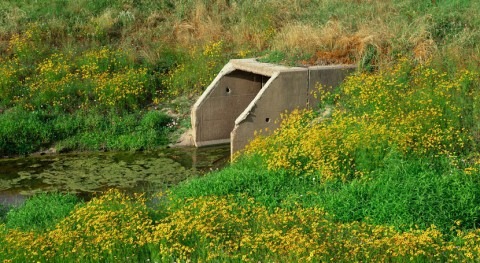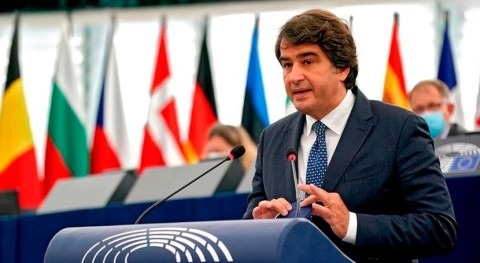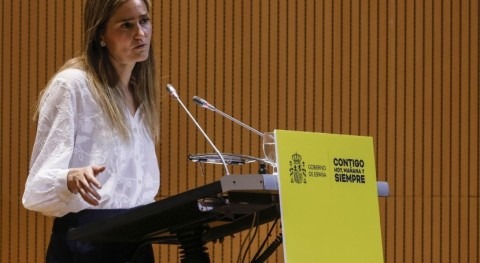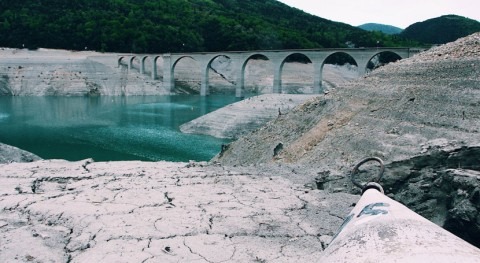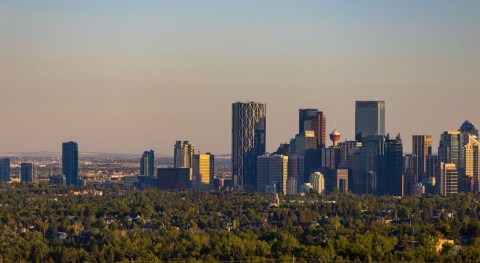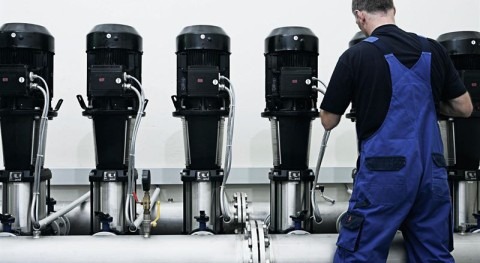The rain that soaked the opening ceremony of the Paris 2024 Olympic Games continues to concern authorities about its effects on the water quality of the River Seine, postponing the men's swimming triathlon events scheduled for today, Tuesday, by one day.
While the decision to hold these events on the iconic Parisian River was controversial from the start, the French capital's desire to showcase the host city in all its splendour prompted organizers to put in place a plan to improve the river's water quality and make it a safe environment for athletes. Thus, over the past few years, 1.4 billion euros have been invested in a series of infrastructure works to improve the water quality of the Seine, not only for the Olympic Games, but also to make it safe for Parisians to bathe in the future. However, the plan was risky, as pollution in the Seine generally increases after heavy rains such as those recorded throughout Friday and most of Saturday.
Thus, training was cancelled for the second day in a row on Monday after water quality tests determined it was unsafe for athletes. Although the organizers were confident the race would go as planned, the men's triathlon scheduled for today, Tuesday, has been delayed by one day, and will take place on Wednesday morning, when the women's race, scheduled earlier that day, will have finished.
How is the water quality of the Seine River measured during the Olympic Games?
As reported weekly by the City of Paris, the microbiological quality of the River Seine water is being monitored and analyzed daily at four key points: Bercy (right bank), Bras Marie, Pont Alexandre-III (Olympic site) and Bras de Grenelle.
Since the beginning of June, the Eau de Paris laboratory has been conducting daily analyses in search of two specific bacteria: Escherichia coli and intestinal enterococci. These bacteria are indicators of sewage pollution, which may be discharged into the Seine during heavy rainfall episodes to avoid saturation of the Paris sanitation system.
The latest available bulletin lists the parameters analyzed between July 17 and 23.
Regulation and control measures
Water quality is regulated by the 2006 European directive, which sets the concentration thresholds allowed for these bacteria. To manage the impact of rainfall, the bathing plan, led by the mayor of Paris and the prefect of the Ile-de-France Region, has implemented sanitation infrastructures such as the Austerlitz pond, with a capacity of 50,000 cubic meters, which allows excess wastewater to be stored, reinjected into the system and treated before being released into the natural environment.
Factors influencing water quality
- Sun: UV rays from the sun help degrade bacteria in the water. This is most effective during the months of May through September.
- Water temperature: Higher temperatures favour the natural death of bacteria and their predation by aquatic microorganisms.
- Rainfall: Heavy rains can cause overflows of untreated water into the Seine, but the sanitation infrastructures of the bathing plan help to minimize this pollution.
- River flow: In summer, the flow of the Seine in Paris varies between 50 and 150 m³/s, which helps to disperse bacteria. In winter, higher flows make water quality for swimming more difficult.
Monitoring and analysis
Samples are taken at 16 sites and sent to laboratories for analysis. Since July 1, daily analyses have been performed at 39 sites, including the area around the Olympic site. Although this method is reliable, results are available 24 hours later, so it is supplemented by automated analyses that provide real-time indicators of contamination.
Despite recent rains and the instability of the river flow, the water quality of the Seine has met European standards at the four monitoring points during four days of the week. At the points of the Olympic site and Bras Marie, this level was maintained six out of seven days.



